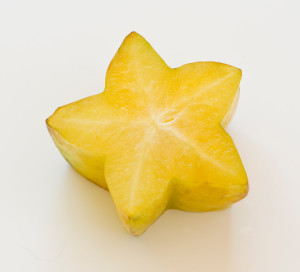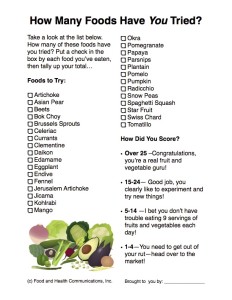Step challenges appeal to kids and adults, making them a popular way to encourage people to be more active. Spring is a great time to start a 10,000 Steps a Day Challenge – everyone’s ready to get outside!
Our 10K Steps theme has everything you need to run a step challenge in a school, workplace, or with clients. Make your step challenge unique, fun, effective, and educational for everyone with these five ways to change up your step challenge:
- Credit for every step: Some people don’t have a pedometer or fitness tracker, forget to wear it or carry it, or get frustrated because their favorite activity (maybe cycling or yoga) doesn’t show up in their step count.
- A solution? Use an activity conversion chart (like this one) to convert minutes of activity into steps.
- Learn what more steps can (and cannot) do: Throughout the step challenge, focus on the many health benefits of moving more. Be up-front about the fact that taking 10K steps/day is not going to burn off indulgences like sugary beverages and junk food.
- Our How Much to Work it Off? poster shows that exercise (or taking more steps) alone won’t help you reach weight loss goals. What you eat counts!
- Customize the challenge: 10K steps/day may not be realistic for many folks and it may be too easy for others. Let them know that taking more steps this week than they did last week is what counts.
- Create accountability: Set up a Facebook group or group text chat so participants can share their goals, motivate each other, and stay accountable.
- Generate excitement: Promote your step challenge everywhere with posters, banners, social media posts, and fun incentives (like wristbands and stickers).
- Get their attention with our 10K Steps Floor Sticker!
Hollis Bass, MEd, RD, LD













